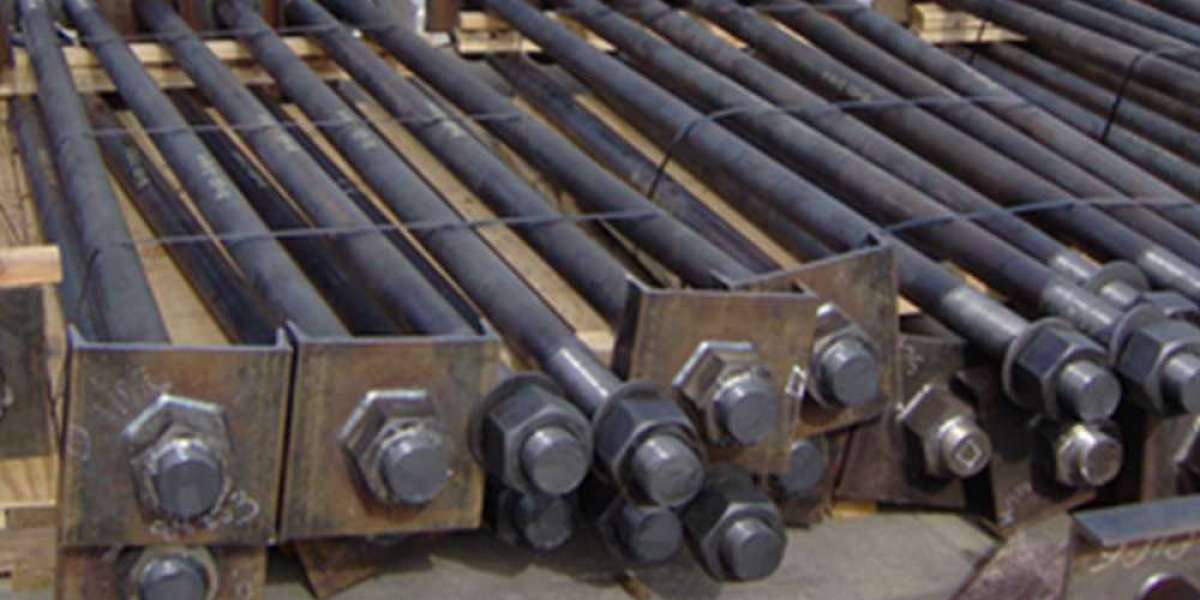In earthquake-prone regions, ensuring the stability and safety of buildings is crucial. Earthquake-resistant structures are specifically designed to withstand the forces generated by seismic activity. One key component that plays a significant role in this design is stainless steel foundation bolts. These bolts help anchor structures securely to their foundations, offering the necessary strength, flexibility, and long-term durability to ensure the safety of buildings during an earthquake.
1. Secure Anchoring for Structural Stability
The primary function of stainless steel foundation bolts is to anchor critical structural components—such as beams, columns, and walls—to the foundation. During an earthquake, these bolts prevent the building from shifting or collapsing, ensuring that the structure remains intact. Their high tensile strength helps hold the building's elements securely in place, even when subjected to seismic forces, thus minimizing the risk of structural failure.
2. Shock Absorption and Flexibility
One of the unique benefits of stainless steel foundation bolts is their ability to absorb seismic energy. Unlike rigid materials, stainless steel offers a degree of flexibility, allowing the building to move slightly during an earthquake without causing significant damage. This flexibility helps the structure dissipate the energy generated by seismic activity, reducing the overall stress on the building. The result is less damage to the structure and a greater chance of the building surviving an earthquake without catastrophic failure.
3. Corrosion Resistance for Long-Term Durability
Another critical feature of stainless steel foundation bolts is their exceptional resistance to corrosion. These bolts are highly durable, even when exposed to moisture, chemicals, or harsh environmental conditions. In earthquake-prone areas, where buildings are often exposed to the elements, corrosion can compromise the strength of other materials over time. Stainless steel’s corrosion resistance ensures that the bolts maintain their structural integrity for many years, even in the most challenging conditions. This makes them a reliable choice for earthquake-resistant designs, providing long-term protection and performance.
4. High Strength to Withstand Seismic Forces
Stainless steel is renowned for its high tensile strength, which makes stainless steel foundation bolts capable of withstanding the immense forces generated by earthquakes. These bolts can resist stretching or breaking, even under extreme pressure, ensuring that the building’s structural components remain securely anchored during seismic events. Whether it’s a small tremor or a major earthquake, these bolts are strong enough to endure the intense forces and help maintain the stability of the building.
Conclusion
Stainless steel foundation bolts are an essential component of earthquake-resistant buildings. They provide secure anchoring, shock absorption, and flexibility, while also offering superior corrosion resistance and strength to withstand seismic forces. By using these bolts, construction engineers ensure that buildings in earthquake-prone regions are more likely to remain intact during seismic events, reducing the risk of damage or collapse. Their role in earthquake-resistant designs is crucial for the long-term safety of both the structure and its occupants.








